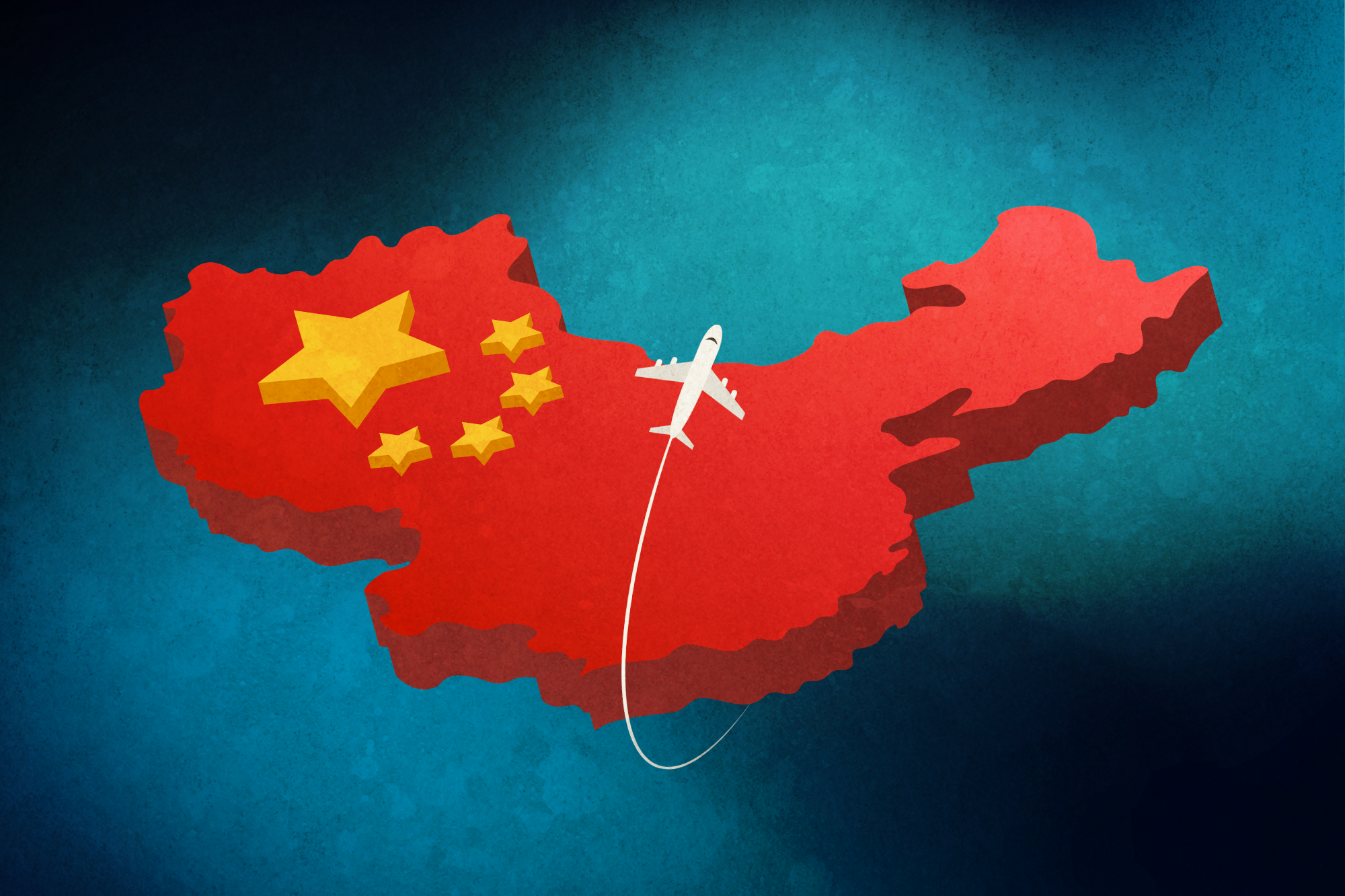Get Access To This Issue When You Subscribe
Already a subscriber? Login
- 48 new issues per year
- Access to all AW Daily stories
- Access to issues through 2019
- Unlimited access to Ask Skift
- Access to Skift Research Airline Reports
Pay Annual
$83
Per Month
Charged $995 per year.

